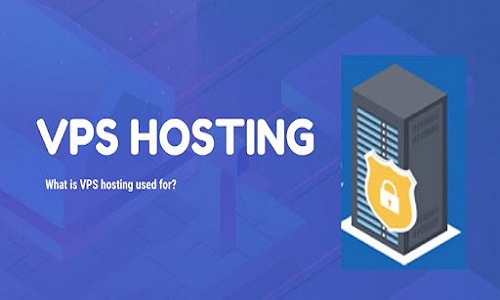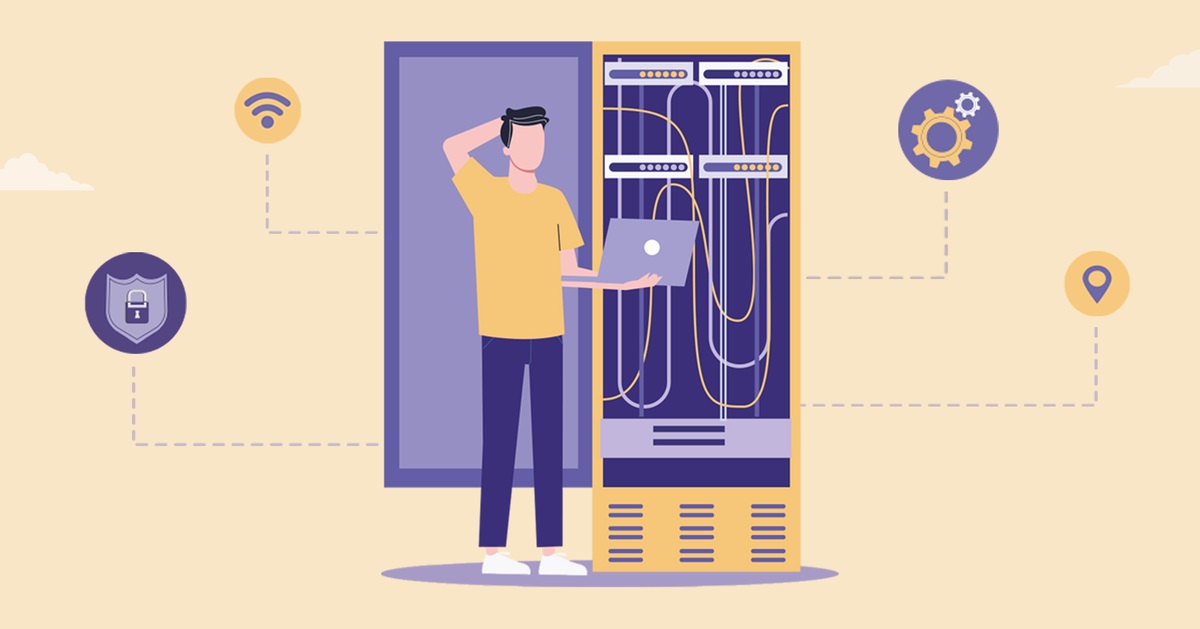Organizations are exploring every nook and cranny to find cost-effective solutions that can maximize the value of their investments. Every CIO understands the typical definition of total cost of ownership (TCO), irrespective of the industry they are allied to. Without any second thought, TCO (operating + capital expenses) is a critical metric that helps in comprehending real and endurable costs at the time of setting up a new facility or procuring equipment. In the present scenario, slow economic growth, underpinned by constant pressure of narrowing down the capital budget, has intensified interest of CIOs to have energy-optimized data centers.
Energy is one of the most counted TCO variables owing to its massive consumption rate by IT-driven facilities. A common energy consumption strata listed by experts suggest – servers including data storage equipment consume around 50-55% of energy utilized by a data center; 30-35% is consumed by cooling equipment so as to keep the systems functional. Although lighting constitutes only 3-5% of a data center facility energy load, however it is considered as one of the simplest areas that can help in boosting Power Utilization Effectiveness (PUE) of a facility and drive greater uptimes.
Power-packed LEDs Key Trait
- Reduces lighting system management complexities
- Powerful LED solutions are less prone to damage
- Can be centrally, and remotely managed
- Can be successfully metered, and controlled.
Traditional Lighting Technique Lacks Potential
Traditional on/off lighting system is not only expensive, but also offers fewer energy-saving alternatives. Typically, conventional lighting components were the third-biggest buyers of power, surpassed by other IT and cooling equipment in data center server room. Lighting systems offered limited options for trimming down the energy costs as it can only be either switched off or on completely. Well, it was not possible for IT administrators to completely turn off the lighting systems as it may curtail the seamless business operations. On top of it, network operation center monitoring rooms were maintained off-site, and these rooms were unmanned and complex to get managed. One of the major drawbacks of these systems was that even little fluctuation or discrepancy can take longer period of time to get fixed. For example, if these monitoring systems detect that lighting in a particular area for any of the installed cameras is not up-to-the mark, it needs to be fixed manually, which is indispensably a time-consuming process. Besides the time factor, it also involves trained workforce and hefty investment.
On the contrary, advanced lighting systems have the potential to make the detection and resolution process smoother and faster. Upgrading power-intensive data center lighting ensures TCO reduction.
Astute Lighting Approach: Smart Choice
As already mentioned, lighting is one of the easiest TCO variables that leads to cost savings. By simply adopting LEDs, data centers can easily manage all the lighting aspects including per-fixture control. The configured system can be deployed in a host of environments. In lights in data center, LEDs provide an opportunity to dim the lights while providing adequate light for the installed security cameras in an area to function. On the other hand, for lights out facilities, it makes use of motion-tracked lighting and works altogether on different approach, provision minimum energy which is required to light the area around different occupants. The optimal utilization of LEDs allows managing light-levels and do not requires bulb changes like fluorescents.
Today, there is an array of tools available that helps in calculating amount of light energy required in a data center to stay operative. Such devices when deployed in a data center enable facility managers to track precisely how much lighting is consumed over a specific period of time.
Partnering with a reliable yet advanced lighting system bestows following benefits:
Reduces Installation Complexities & Costs:
Known lighting system vendors make use of high volt and low-voltage cabling over traditional 220-volt wiring. This, in turn, helps in eliminating security loopholes and high-voltage labor costs as a whole.
Reduces Power Consumption:
Power-packed systems augment energy proficiency by offering some of the best-in-class features such as daylight harvesting, hassle-free dimming, and task-driven lighting. The advantages do not end here only; it also provides timeouts and allocates light on an on-demand basis. To put it simply, it lights the place wherever it is needed. This incredibly reduces the power consumption and leads to savings.
Swift Integration: The major drawback of a system is when it fails to work in tandem to other configured systems. Some of the robust providers allow lighting systems to work in sync with various server room management systems including cooling equipment. Again, this allows data center India operators to centrally manage multiple systems and cutback labor costs.
Real-time monitoring: Underpinned by latest techniques, a few of the known systems allow evaluating patrol times on an actual data. It further allows IT administrators to make requisite changes according to displayed patterns within a jiffy.
The Bottom Line: Data center managers should strive to deeply analyze each of the TCO variables in order to gain ROI benefits. They should try aligning their CapEx model with the OpEx goals in order to realize the long-term benefits and cost savings. Herein, building a performance-oriented lighting platform acts as a critical metric in the development of smarter data centers.

















